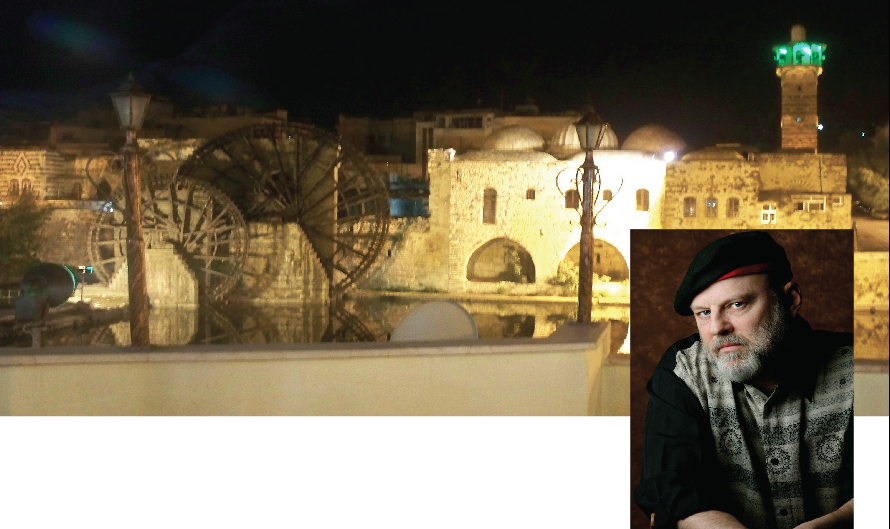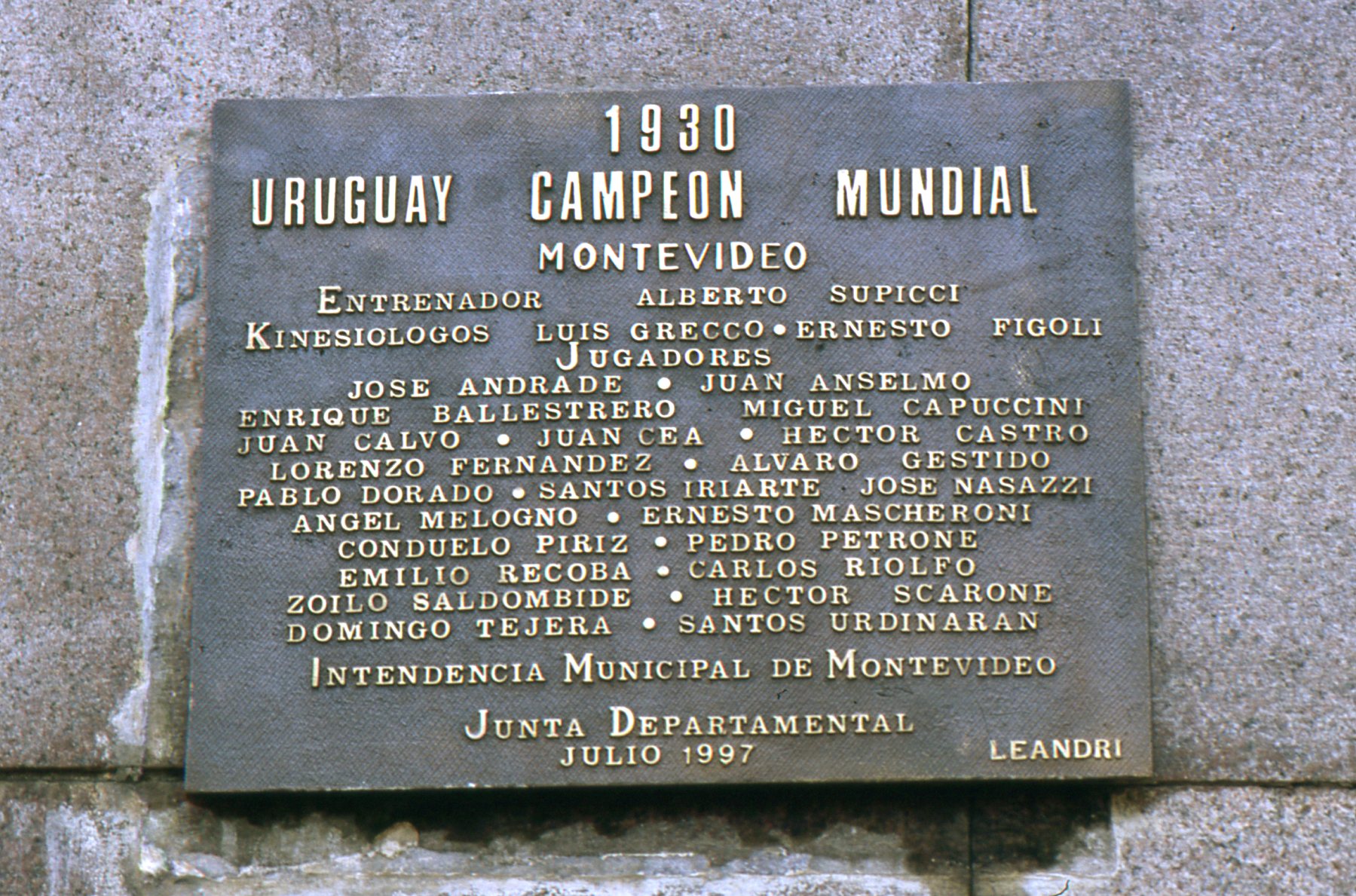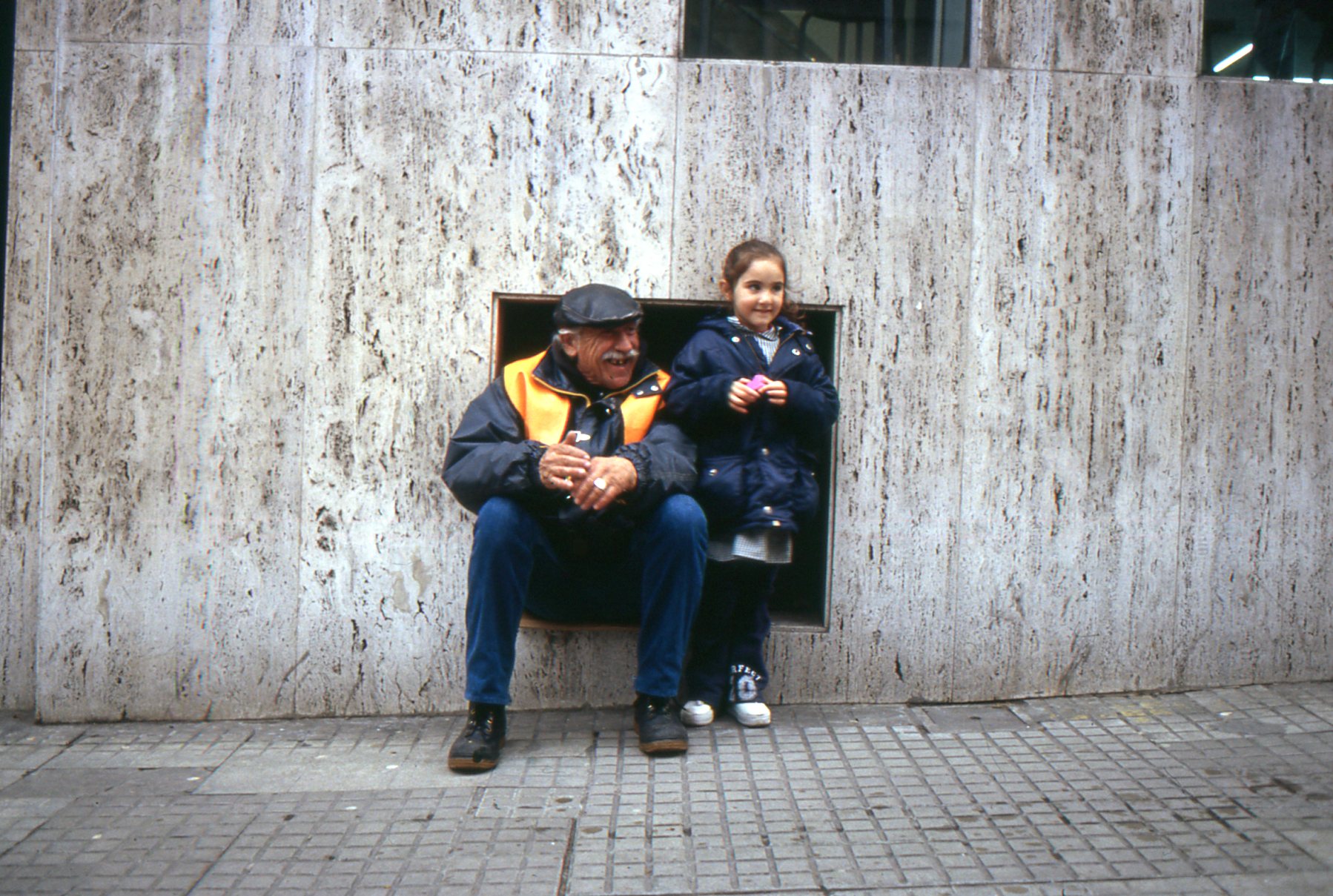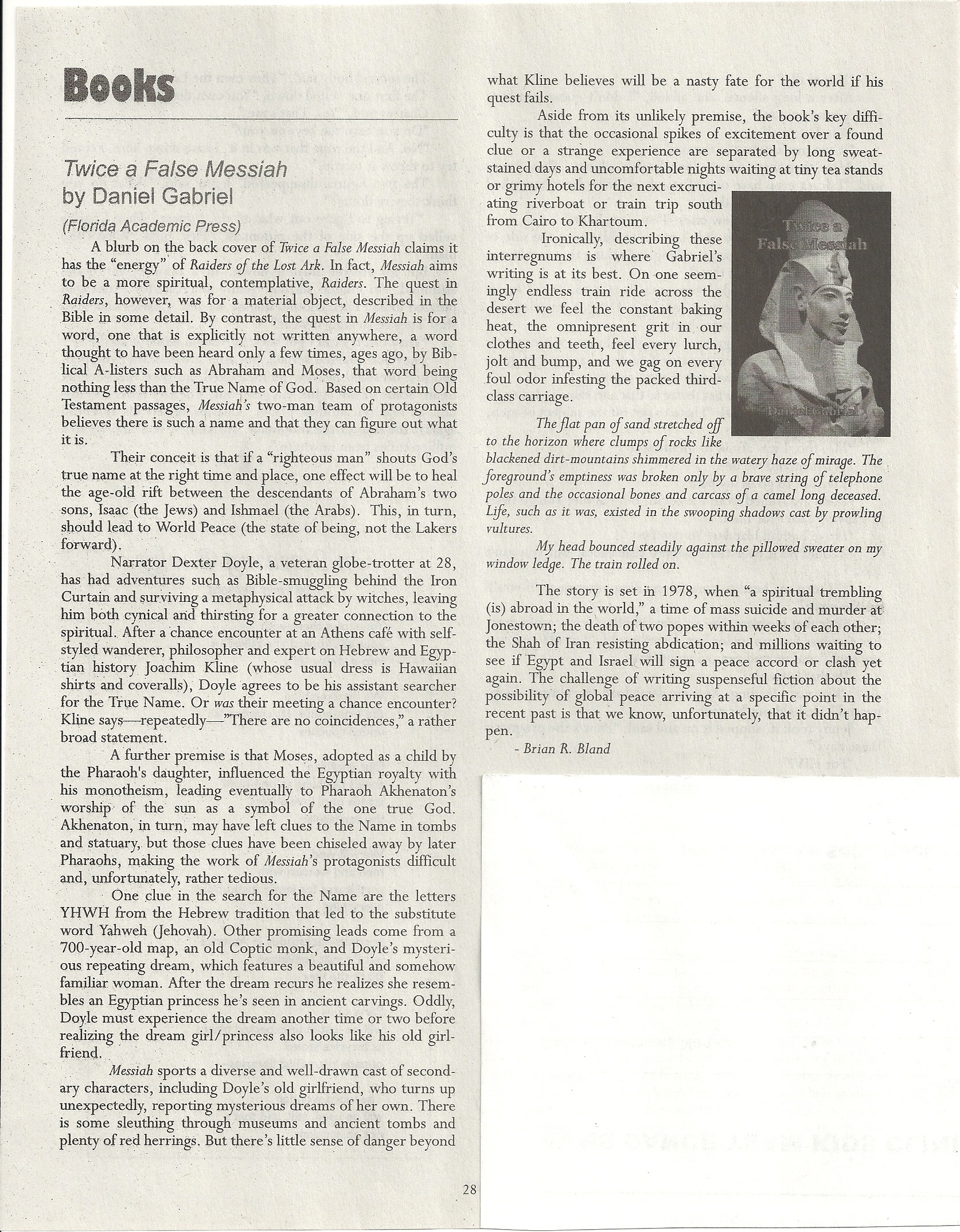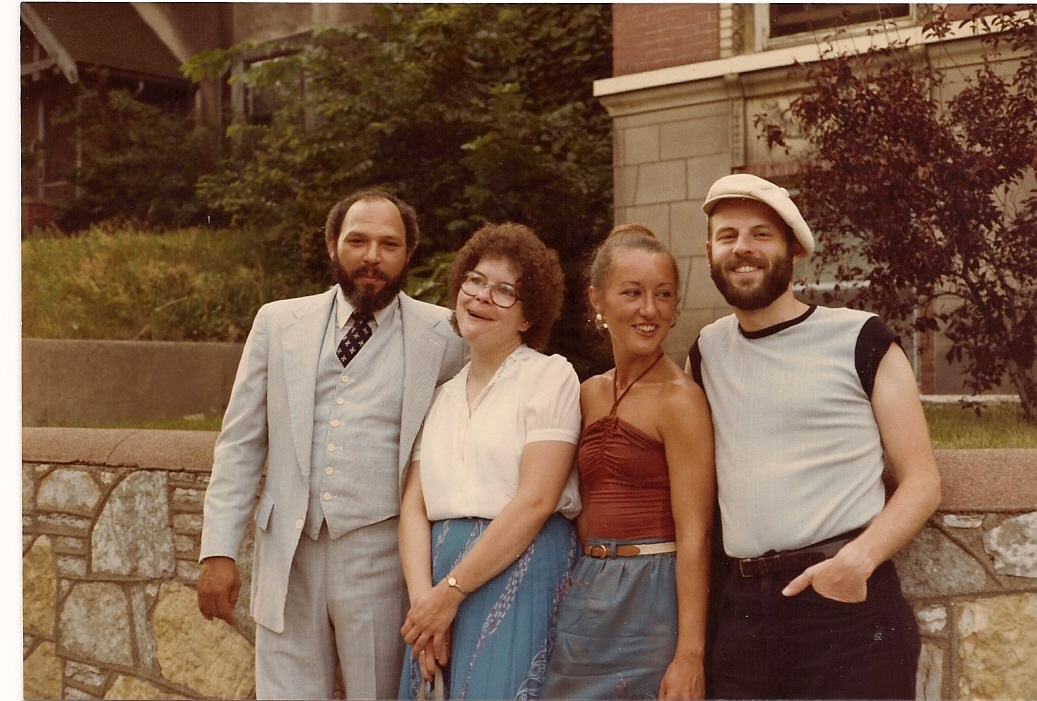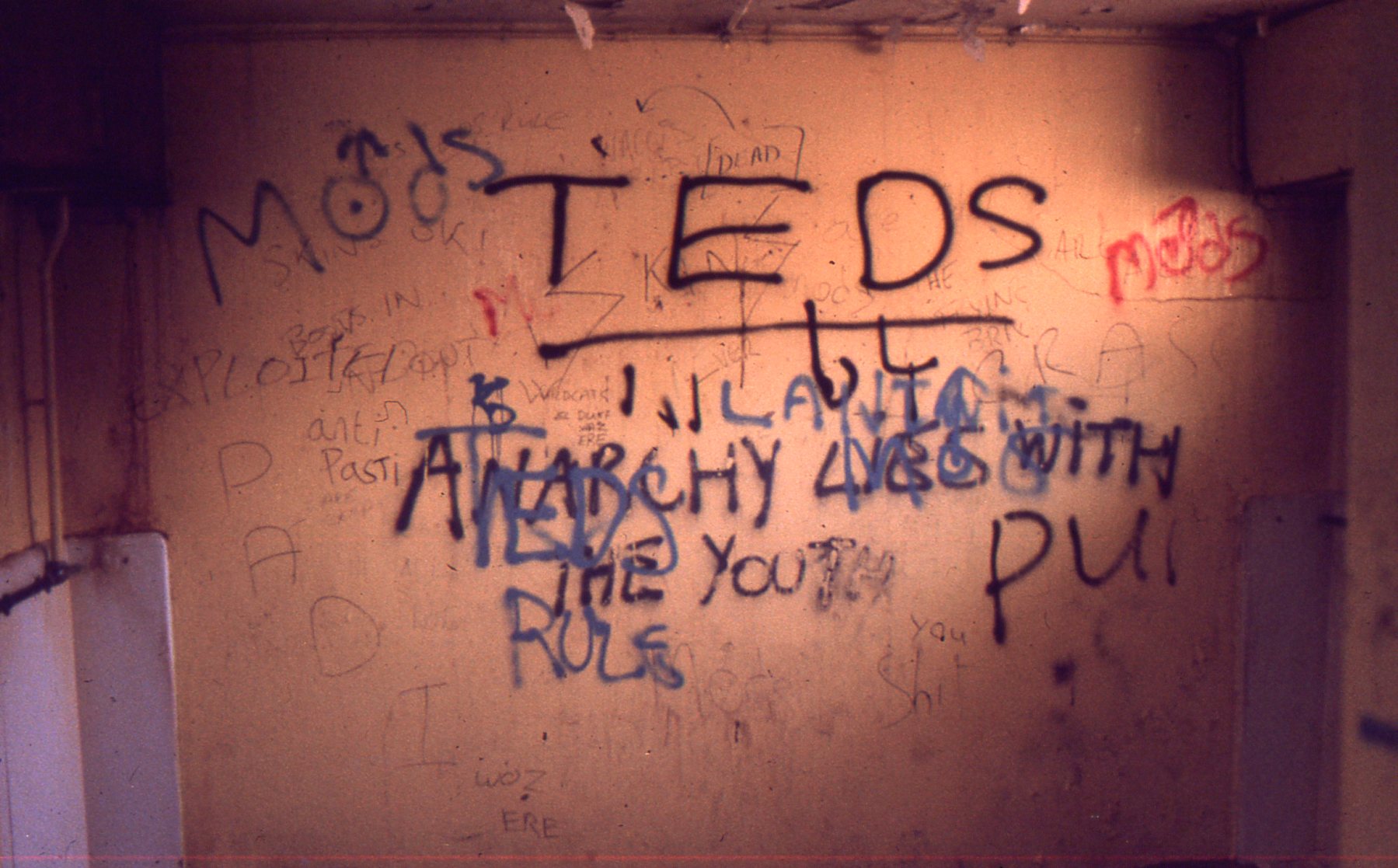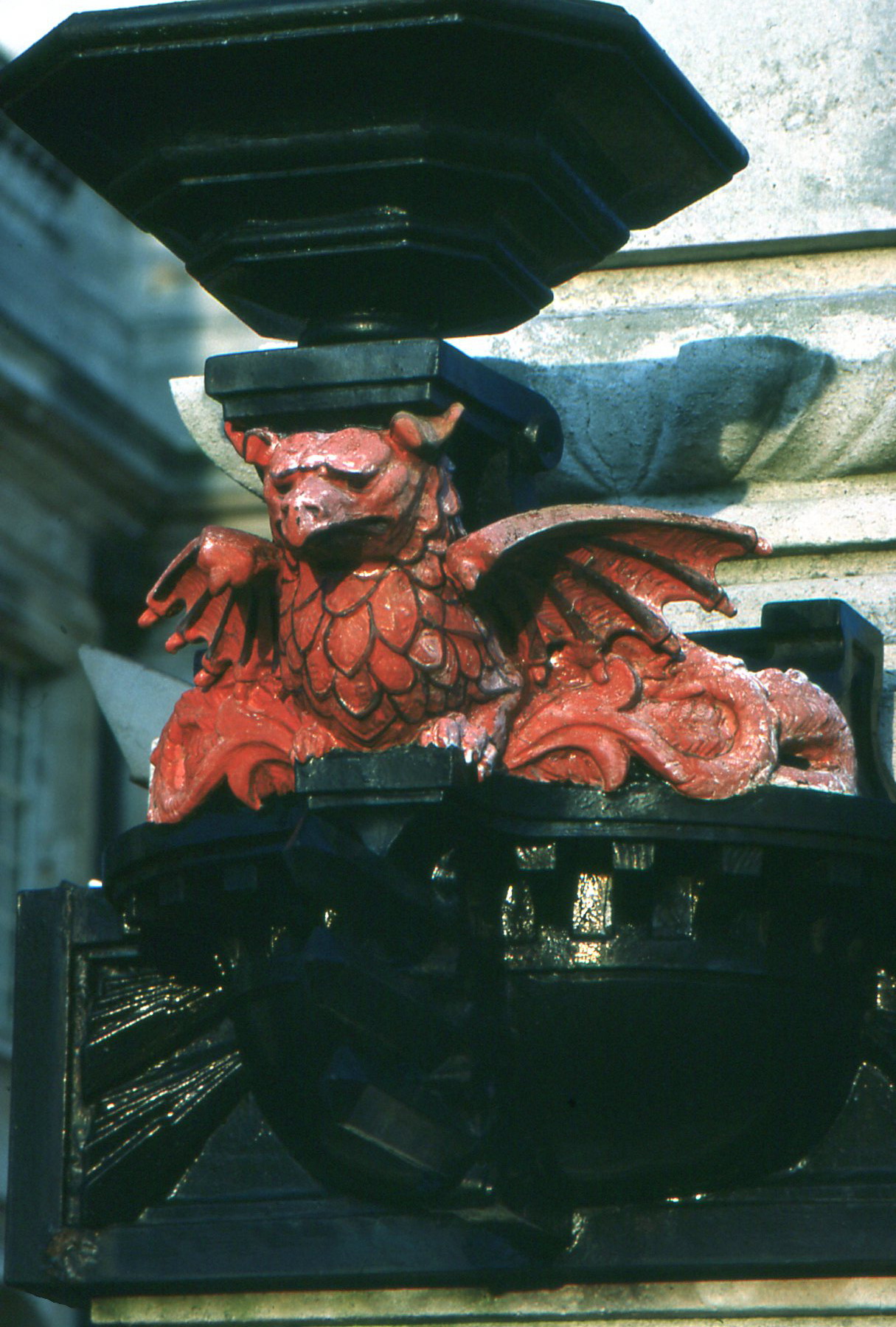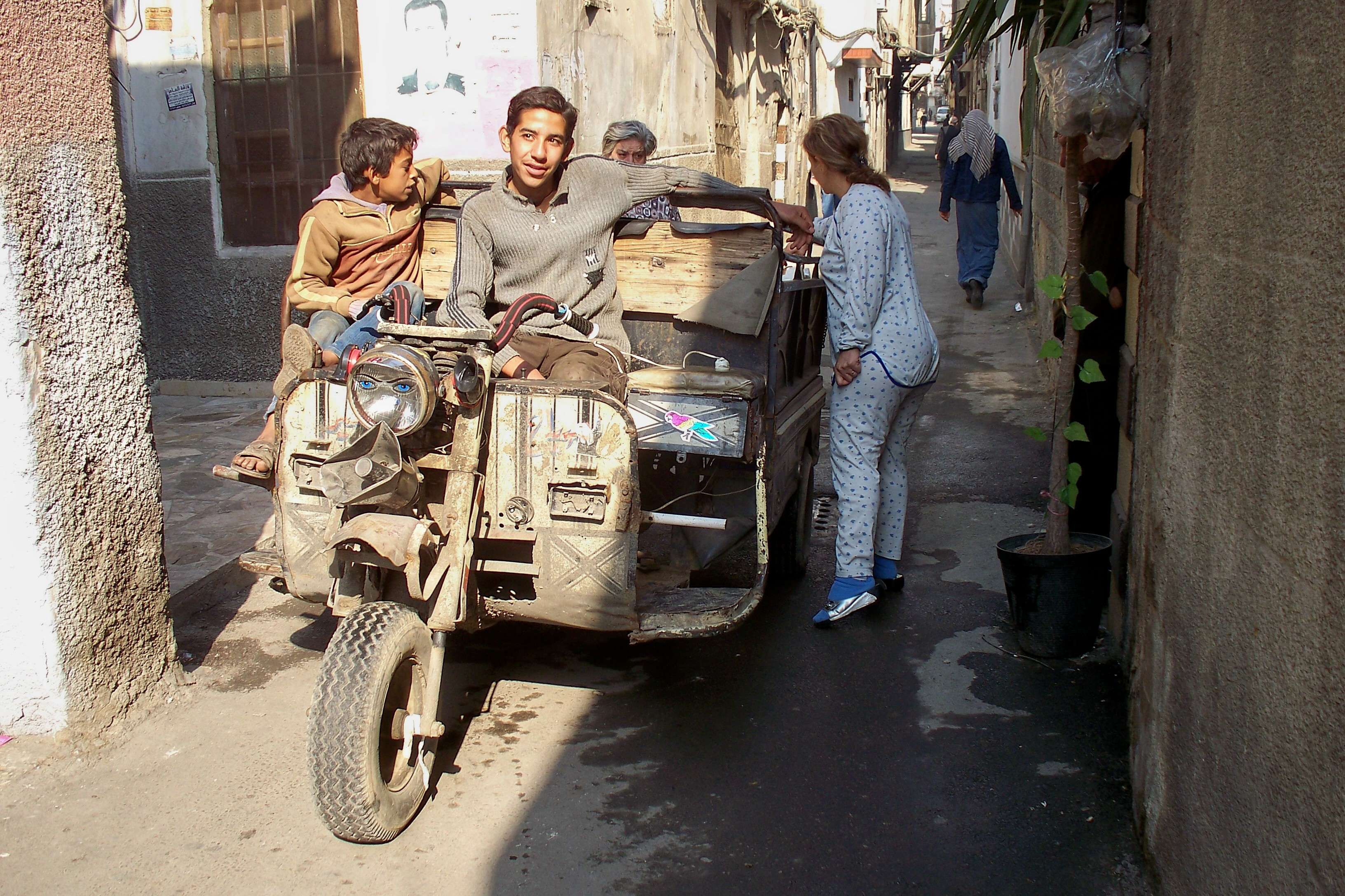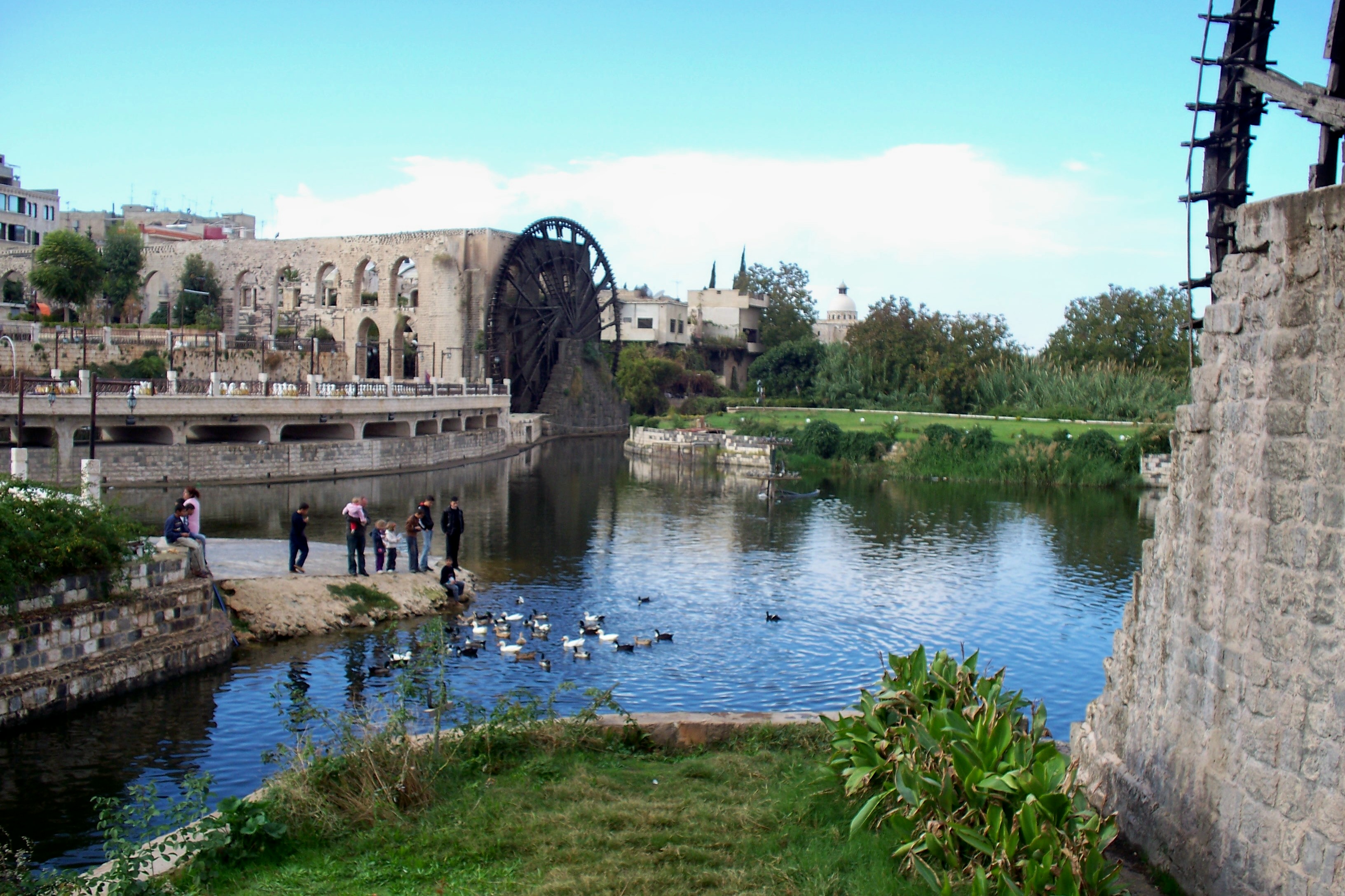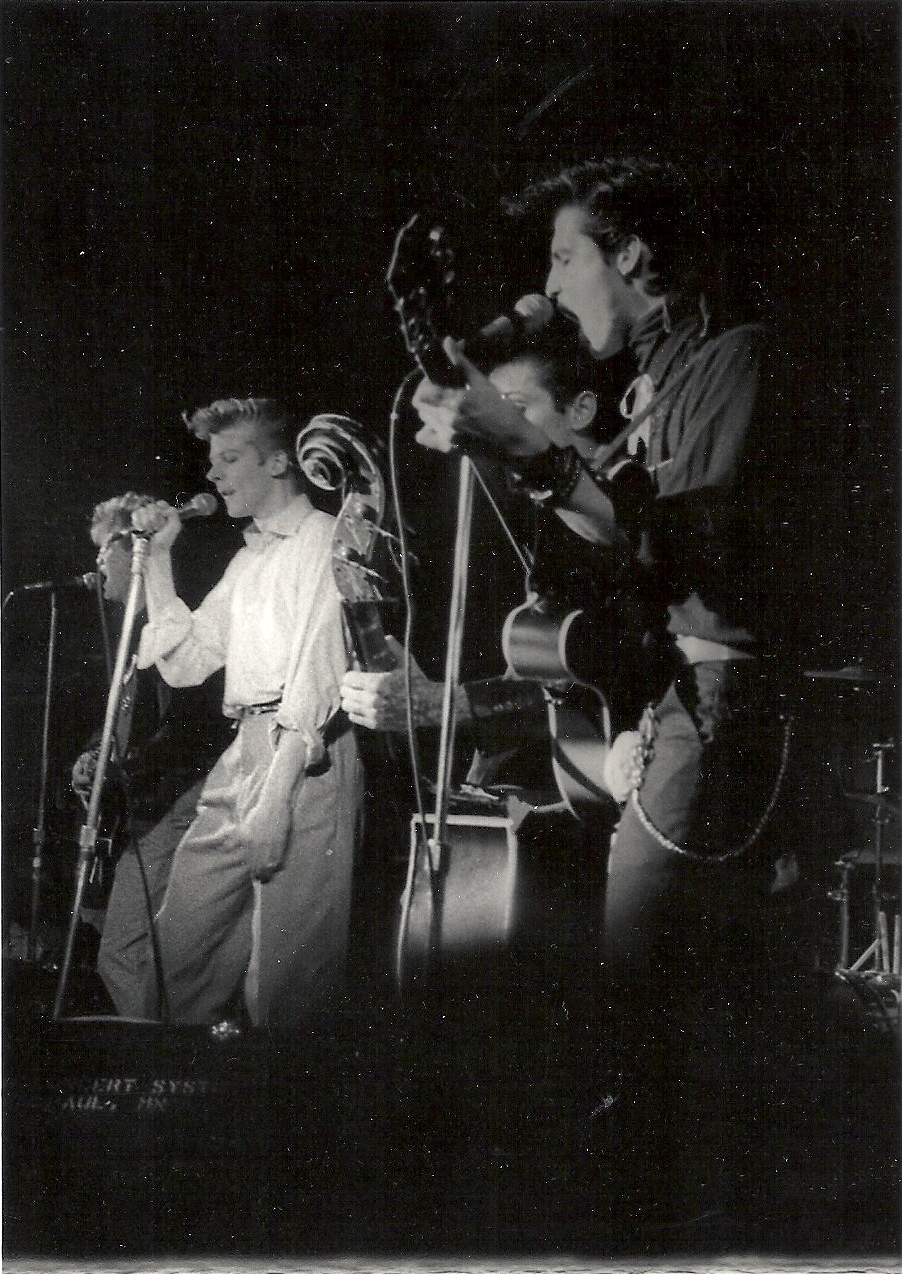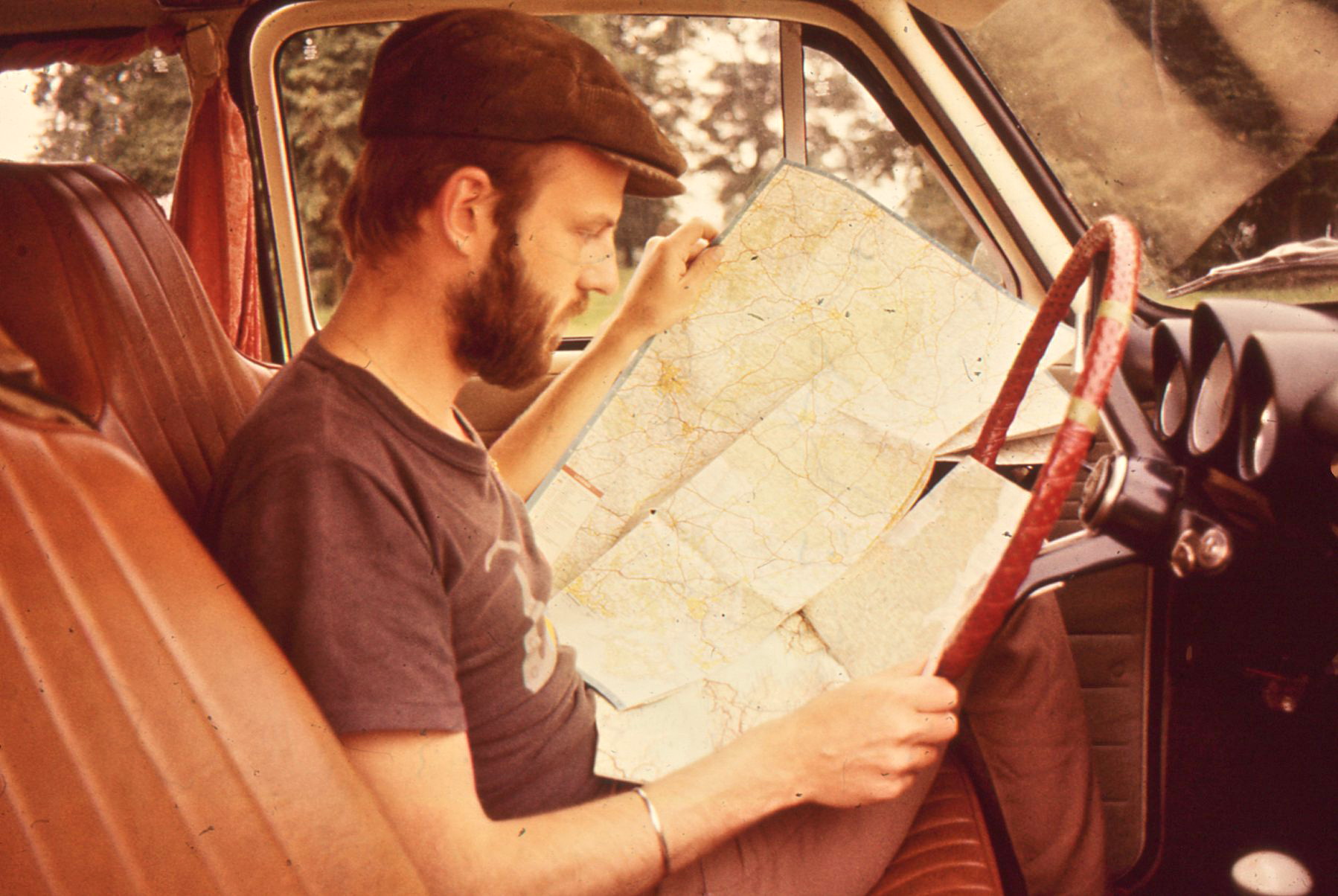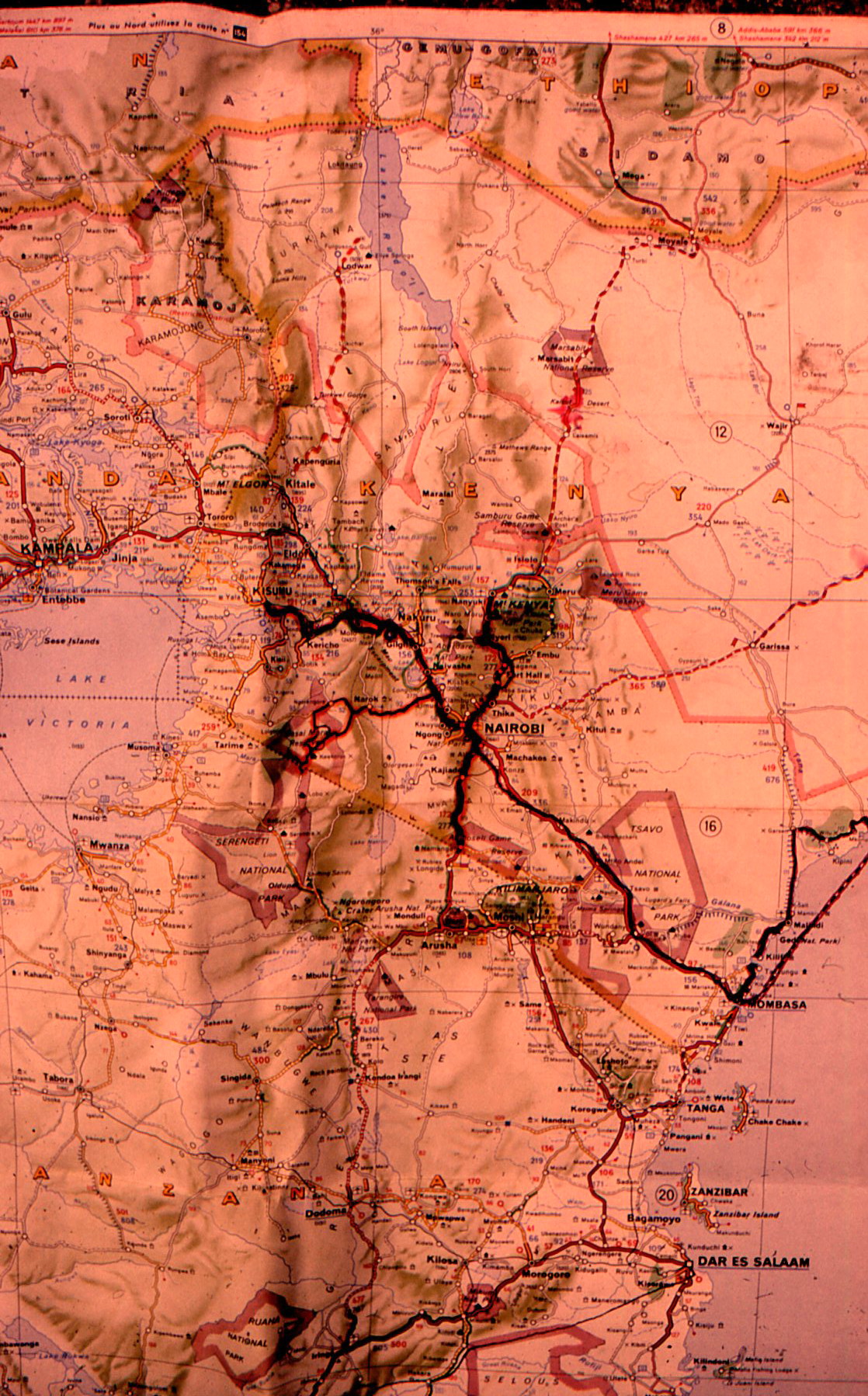28 August 2013
“The sky is cryin’ . . .”
—Elmore James
Like his blues-howling namesake, Elmore Leonard could conjure dark doings, and stretch your heart with worry about the survival of some lost soul on the underside. He was also one of my favorite all-time writers, but if you’re after a grand summation of his life and work, you’d better look elsewhere. (” . . . one of America’s greatest crime novelists and one of Hollywood’s favorite storytellers” . . . “a seemingly inexhaustible cast of sleaze-balls, scam artists and out-and-out psychopaths.”)
I first encountered his work at a friend’s garage sale in the mid-80s. There was nothing of interest on offer, so just to be polite I grabbed a foxed paperback of Glitz. Little did I know the seedy, convoluted worlds of intrigue into which I was about to tumble. Forty books later (I think I’ve read everything Leonard published except for Escape From Five Shadows), the man was still turning over rocks to see what might crawl out.
Leonard always kept it short, sweet and to the point. As he famously said, “I leave out the parts that people skip.” He moved scene to scene, inventing as he went, so that his books never had the feel of being “plotted.” His ability to characterize meant that in a single page he’d have you feeling you knew deep motivations and festering hurts and couldn’t wait to see what some clown would do when pushed to the edge—particularly when pushed to the edge by competing factions all chasing the same McGuffin.
It never took long to tumble into the story either. Dig the opening sentence of another 80s novel, Bandits: “Every time they got a call from the leper hospital to pick up a body Jack Delaney would feel himself coming down with the flu or something.” How can you not keep reading?

In New Orleans, an ex-nun, an ex-con, and an ex-cop stumble on a cache of money on its way to the Nicaraguan Contras. They’re going to make out like bandits.
And the dialogue! So crisp, so real. Look how much we learn about these two guys’ attitudes in this uninterrupted slice of repartee (also from Bandits):
“. . . the guy has the desk lamp on and he’s taking stuff out of the lady’s briefcase and putting it in this flight bag he has with him. So, I started to sneak up behind him.”
“No shit.”
“He was about your size. What’re you, five six?”
“Five seven and a quarter.”
“He wasn’t too big. Maybe a hundred and thirty pounds.”
“I go one sixty-two,” Mario said.
“So I don’t see a problem unless he’s got a gun.”
“Yeah, did he?”
“Just then he turns around and we’re looking right at each other. The guy says, very calmly, ‘I bet I have the wrong room. This isn’t 1515, is it?’ I said, ‘You aren’t even close.’ . . .”
And one more time. With Leonard, you share a random ride with an ex-nun, and before long you’re embroiled in Sandinista blood vendettas. They’re not long in the car together, still killing time, but getting intrigued (again from Bandits):
“You’re a nurse?”
“Not exactly. What I did was practice medicine without a license. Toward the end we didn’t have a staff physician. Our two Nicaraguan doctors were disappeared, one right after the other. It was only a matter of time. We weren’t for either side, but we knew who we were against.”
Were disappeared.
He’d save that one for later. “And now you’re back home for a while?”
She took several moments to say, “I’m not sure.” Then glanced at him. “How about you, Jack, are you still a jewel thief?”
He liked the easy way she said his name. “No, I gave it up for another line of work. I got into agriculture.”
“Really? You were a farmer?”
“More of a field hand. At the Louisiana State Penitentiary. Angola.”
Man, that’s good. I got to keep trying . . .
RIP Elmore Leonard.
